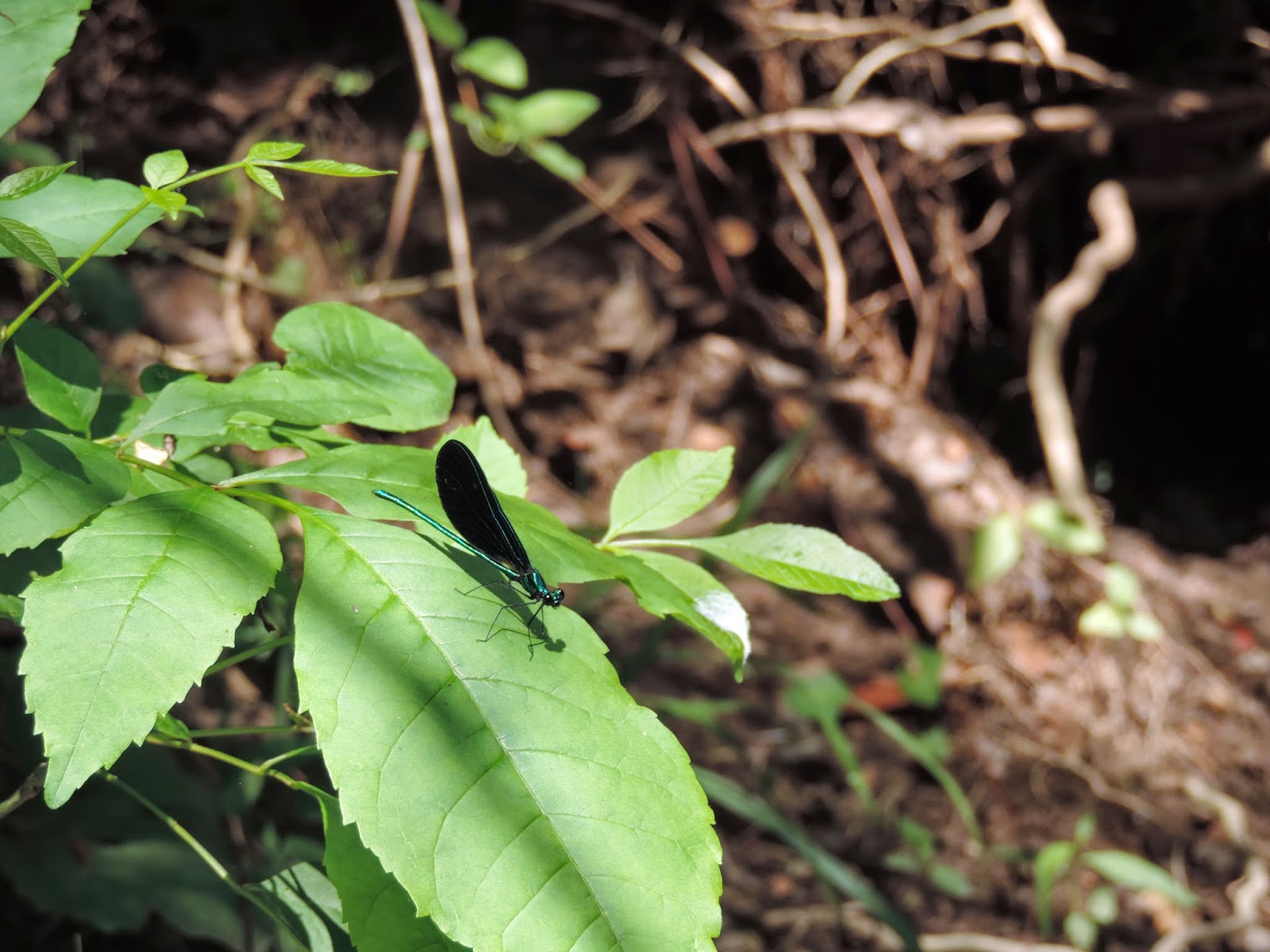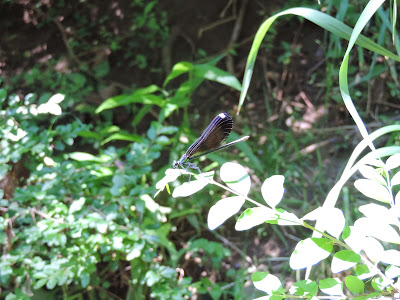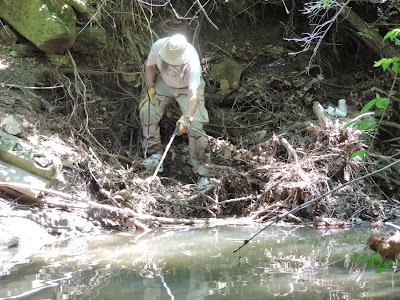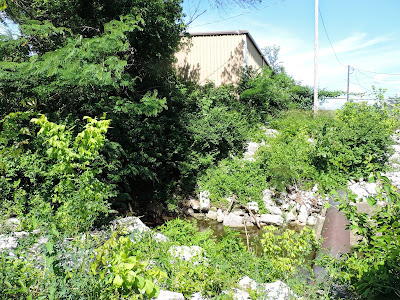Bulletin
Service Initiates Status Review of Monarch Butterfly under the Endangered Species Act
December 29, 2014
Contacts:
The U.S. Fish and Wildlife Service today announced it will be conducting a status review of the monarch butterfly under the Endangered Species Act (ESA). The Service has determined that a petition from the Center for Biological Diversity, the Center for Food Safety, the Xerces Society for Invertebrate Conservation and Dr. Lincoln Brower to list a subspecies of monarch (Danaus plexippus plexippus) presents substantial information indicating that listing may be warranted.
Monarch butterflies are found throughout the United States and some populations migrate vast distances across multiple generations each year. Many monarchs fly between the U.S., Mexico and Canada – a journey of over 3,000 miles. This journey has become more perilous for many monarchs because of threats along their migratory paths and on their breeding and wintering grounds. Threats include habitat loss – particularly the loss of milkweed, the monarch caterpillar’s sole food source – and mortality resulting from pesticide use. Monarch populations have declined significantly in recent years.
The Service will now conduct a status review to determine whether listing is warranted. To ensure this status review is comprehensive, the Service is requesting scientific and commercial data and other information through a 60-day public information period. Specifically, the Service seeks information including:
The Service will now conduct a status review to determine whether listing is warranted. To ensure this status review is comprehensive, the Service is requesting scientific and commercial data and other information through a 60-day public information period. Specifically, the Service seeks information including:
- The subspecies’ biology, range and population trends, habitat requirements, genetics and taxonomy;
- Historical and current range, including distribution patterns;
- Historical and current population levels and current and projected trends;
- The life history or behavior of the monarch butterfly that has not yet been documented;
- Thermo-tolerance range and microclimate requirements of the monarch butterfly;
- Past and ongoing conservation measures for the subspecies, its habitat or both; and,
- Factors that are the basis for making a listing determination under section 4(a) of the ESA;
The notice will publish in the Federal Register December 31, 2014, and it is requested that information be received by March 2, 2015. To view the notice and submit information, visit www.regulations.gov docket number FWS-R3-ES-2014-0056.
For more information on the ESA’s petition process, visit http://www.fws.gov/endangered/what-we-do/listing-petition-process.html.
The mission of the U.S. Fish and Wildlife Service is working with others to conserve, protect, and enhance fish, wildlife, plants, and their habitats for the continuing benefit of the American people. We are both a leader and trusted partner in fish and wildlife conservation, known for our scientific excellence, stewardship of lands and natural resources, dedicated professionals, and commitment to public service. For more information on our work and the people who make it happen, visit www.fws.gov.
For more information on our work and the people who make it happen, visit http://www.fws.gov/. Connect with our Facebook page, follow ourtweets, watch our YouTube Channel and download photos from our Flickr page.












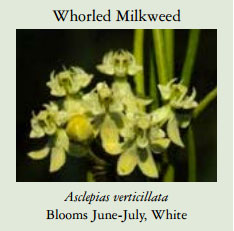
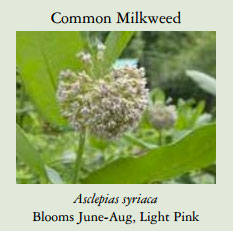
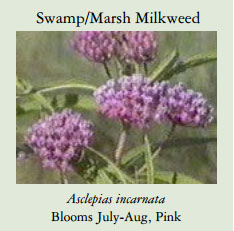

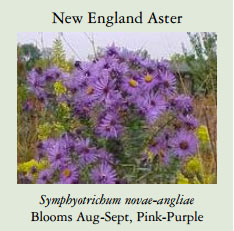
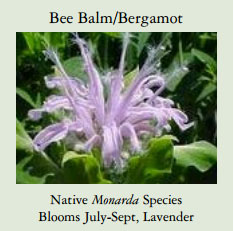

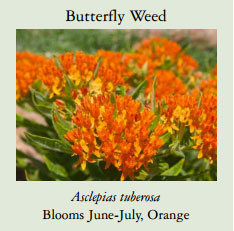
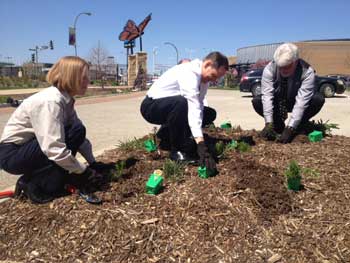 "The goal of this project is to both increase the dwindling monarch butterfly population and to better connect people and urban nature," said Slay.
"The goal of this project is to both increase the dwindling monarch butterfly population and to better connect people and urban nature," said Slay.















